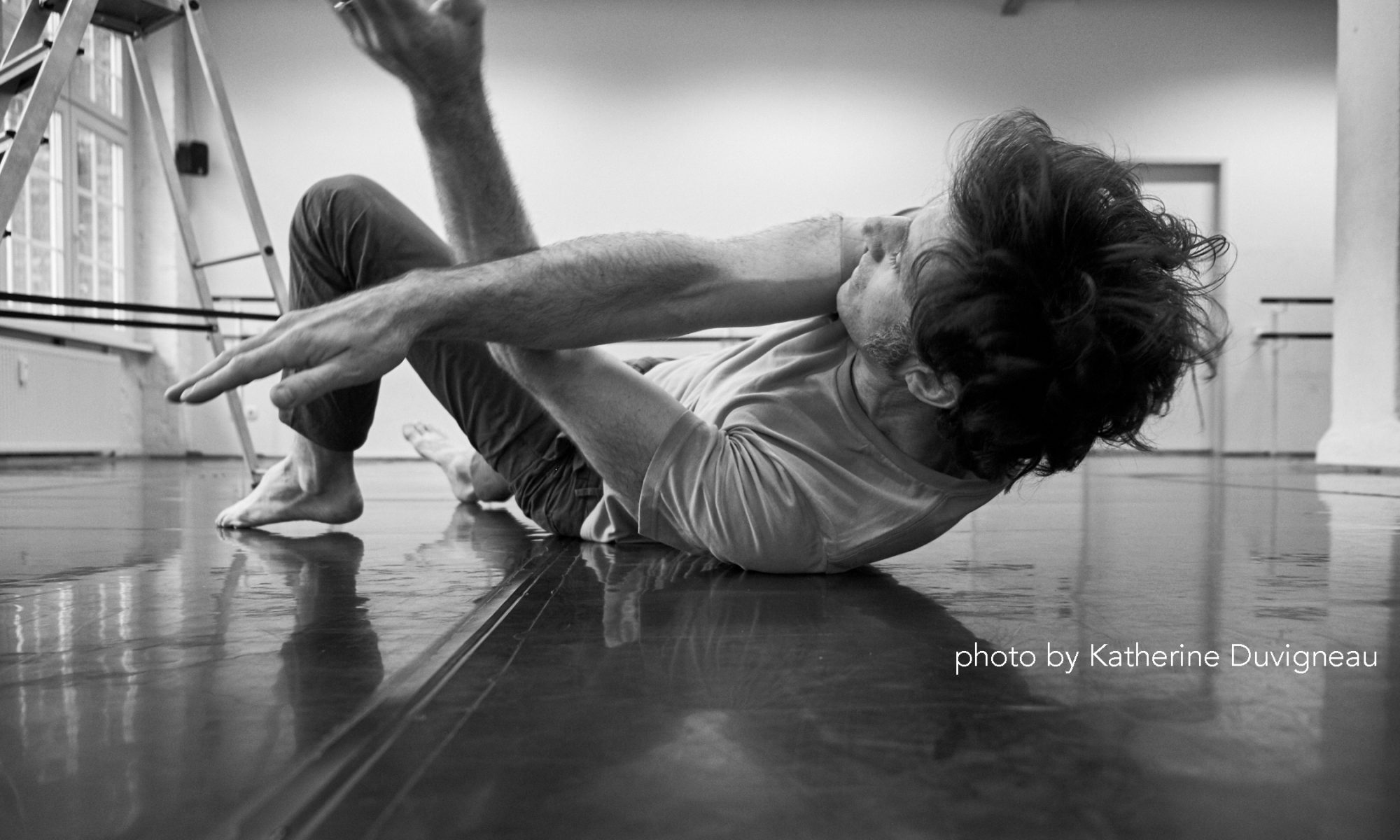Contact Improvisation is the simultaneous exploration of, experimentation with, and execution of physical and perceptual attention to the location, duration, and operation of one or more touching or potentially touching surfaces between two or more bodies.
Heart and Soul
Paraphrasing Schuller and Duke-
‘”Improvisation is the heart and soul of [contact improvisation].” However, [contact improvisation] is not the heart and soul of improvisation, and they are definitely not one and the same.’ – John Henry Duke, Teaching Musical Improvisation: A Study of 18th and 20th Century Methods, pg. 16
Flow
hypothesis – Flow is not a dance but a safety measure.
Surrender
When, through your practice of Ensemble Thinking, Viewpoints, Action Theater, and Contact Improvisation, you have reached a higher state of intelligence, and that mature intelligence makes you lose the identity of the self, you become one with the performance because you surrender yourself to improvisation.
When, through your practice, you have reached a higher state of intelligence, and that mature intelligence makes you lose the identity of the self, you become one with God because you surrender yourself to Him. This is Isvara-pranidhana, surrender of one’s actions and one’s will to God. – pg 53, Tree of Yoga by BKS Iyengar.
**** Hotel
The third iteration of ***** Hotel will be appearing in a couple weeks, at the GOlive Festival in London.
Sadly only four of the stars will be able to make it. Down 20% from the inaugural performance, but up 33% from the second performance.
I am interested to see how this latest constellation will perform. Again with a live musician, this time a percussionist. The first iteration had a musician who, if my memory serves me, was a bassist who used a kettle drum, a piano and a variety of small hand held instruments. The musician for the second performance is a cellist, Barnaby Tree. What intrigues me is the concept of melding rehearsal with performance. As the members of 5***** Hotel live in four different cities, they are not able to rehearse in the traditional sense. This geographic variation forces the group to rehearse in front of an audience.
When I performed with Nancy S. Smith, in 2008 I think it was, at SFDI, she told me of a rehearsal process with a group of experienced performers. They had agreed upon a score, which during the performance they all abandoned. Granted a score can be abandoned and everything is fine, but then there’s abandoned. Some performers ended up in the audience, some were singing. This is not to say that the performance was “good” or not, but I am relating this anecdote to illustrate the fact that when the lights go up and there’s an audience, plans and people change.
With the group ***** Hotel, because there is no rehearsal, there is no possibility of deviation. Personalities and plans can’t change from the studio time to the stage time. For me, if we are to use the three stages of creation to define an improvisation, this method of performance making is even closer to an improvised performance.
The moments of execution during the GOlive festival will be very close temporally to the moments of experimentation. The exploration stage has already been completed as the personnel, the location, the time of the performance, the costumes, etc., and the concept (open spontaneously composed performance) have already been determined. Looking more closely into the stage of execution, i.e., the performance, what will happen in front of the audience has yet to be determined. So within the execution stage, the three stages of creation as they relate to the performance, will be constantly evolving and informing each other.
To see how that exactly unfolds come to the Lion and Unicorn Theatre on the 26th and the 27th of this month
*** Hotel
another version of ***** Hotel appeared in Budapest this past summer at the International Improvisation Festival in Budapest.
Seven Thirty in Tights
Compare and Contrast
granted, it could be said that we are looking at apples and oranges as one performance has audience on three sides, live music, and video. But I would say that these two performances are more alike than they are different. I am most interested in the spacing, placing, and pacing of the kinespheres and how they differ in the two pieces.
Technique trains instinct
Another definition for Contact
Con –
1. a prefix meaning “with,” “together,” “in association”
2. a verb meaning “to commit to memory” or “to study or examine closely”
3. an adverb meaning “on the negative side” or “in opposition”
Tact –
2.a keen sense of what is appropriate, tasteful, or aesthetically pleasing; taste; discrimination.
3.touch or the sense of touch.
